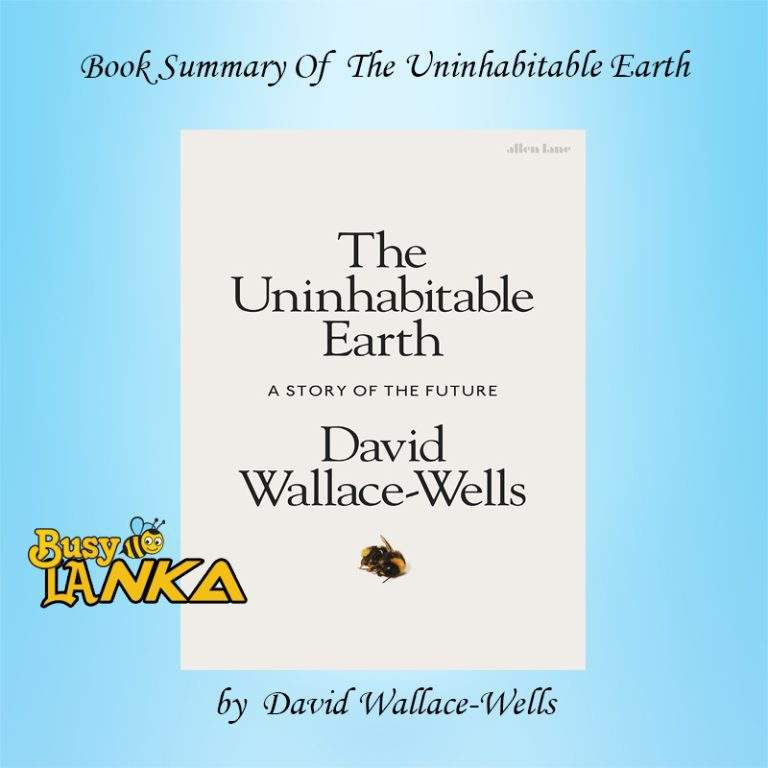“The Uninhabitable Earth” by David Wallace-Wells is a book that explores the potential consequences of climate change on the planet and human civilization. Wallace-Wells argues that global warming is not just an environmental issue but also a humanitarian, economic, and political crisis that threatens the very existence of humanity.
The book is divided into three parts, with each part exploring different aspects of the impact of climate change. In the first part, Wallace-Wells provides an overview of the current state of the planet and the scientific evidence behind the potential consequences of global warming. He discusses the various ways that climate change can affect the planet, such as rising sea levels, more frequent and severe weather events, and loss of biodiversity.
In the second part, Wallace-Wells examines the potential impact of climate change on human civilization. He discusses how global warming can lead to mass migration, food and water shortages, and conflicts over resources. He also explores the economic implications of climate change, such as the potential loss of trillions of dollars in assets and investments.
In the third part, Wallace-Wells discusses the political and social challenges of addressing climate change. He argues that the current political and economic systems are not equipped to deal with the scale and urgency of the problem and that significant changes in policy and behavior are necessary to mitigate the worst effects of global warming.
Throughout the book, Wallace-Wells emphasizes the urgent need for action to address climate change. He argues that the consequences of inaction are too severe to ignore and that we must act quickly and decisively to avoid a catastrophic future.
“The Uninhabitable Earth” is a sobering and thought-provoking book that offers a stark warning about the potential consequences of climate change. Wallace-Wells’ vivid descriptions and thorough analysis make this book a must-read for anyone concerned about the future of the planet and humanity













